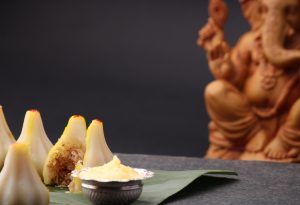
What do cured olives, preserved anchovies, patatas bravas, dim sum, kebabs and fattoush all have in common with each other? Each spoonful of hummus or nibble of bruschetta is part of an intricate, culinary tradition of serving finger foods before the main courses of a meal. Whether Middle Eastern, Spanish, French, Italian or Chinese cuisine; the objective remains constant; to linger over varied bite sized offerings, sharing food and conversation with pleasant company.
As the word ‘appetizer’ suggests, they are meant to whet the appetite before a meal in which case they are typically light and limited. Conversely, appetizers served at cocktail parties are more bountiful and heavier as they replace a meal such as lunch or dinner and decelerate the effects of alcohol. Appetizers can be as simple as chips and dip or bowls of roasted nuts or extravagant concoctions of meat, seafood and exotic cheeses, fruits and vegetables. Mixing hot and cold hors d’oeuvres is common as is offering low calories selections alongside more indulgent ones. In this day and age, other dietary factors also determine the selections with gluten, sugar and dairy free options a part of an appetizer platter. In this regard, the popular cuisines of the world offer unlimited culinary inspiration which can be adapted to serve up a truly gourmet experience.
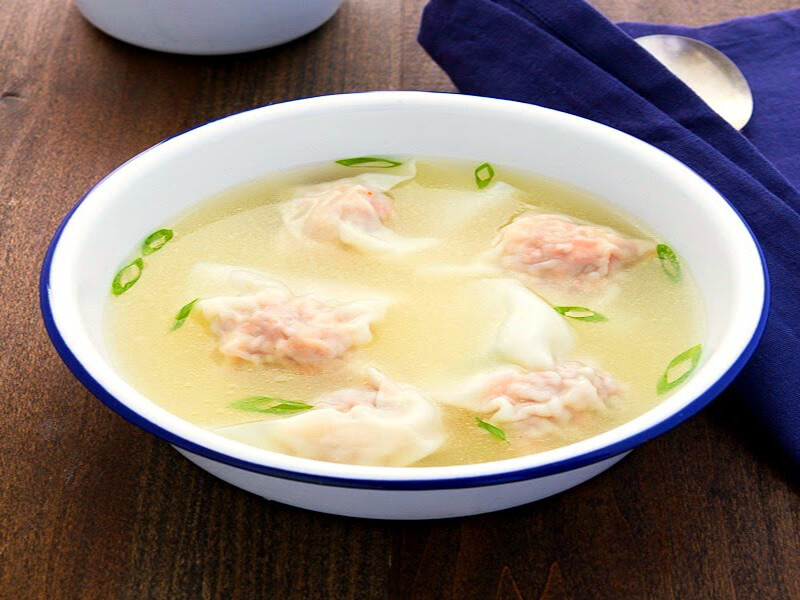
Dim sum, the steamed or fried morsels of meat, seafood, vegetables or fruit usually served in a small basket or on a small dish is an excellent place to begin. A Cantonese term, dim sum literally translates to “dot heart” or “order heart” and means to order to one’s heart’s content. Traditional dim sum includes various types of steamed buns such as char siew bao, dumplings or rice rolls, containing a range of ingredients, including vegetarian options steamed green vegetables, congee porridge and other soups.
Historically the hors d’oeuvres are the French equivalent of Mezze, Antipasto or Dim sum and indicate small portions of food served at the beginning of a meal. But trust the French to do things in style. Even before the hors d’oeuvres, come the amuse-bouche; bite sized, savoury snacks offered by the chef before the entrée to “entertain the mouth” or “tease the mouth” and often accompanied by a proper complementing wine. Amuse-bouche is served as an excitement of taste buds to both prepare the guest for the meal and to offer a glimpse into the chef’s approach to cooking.
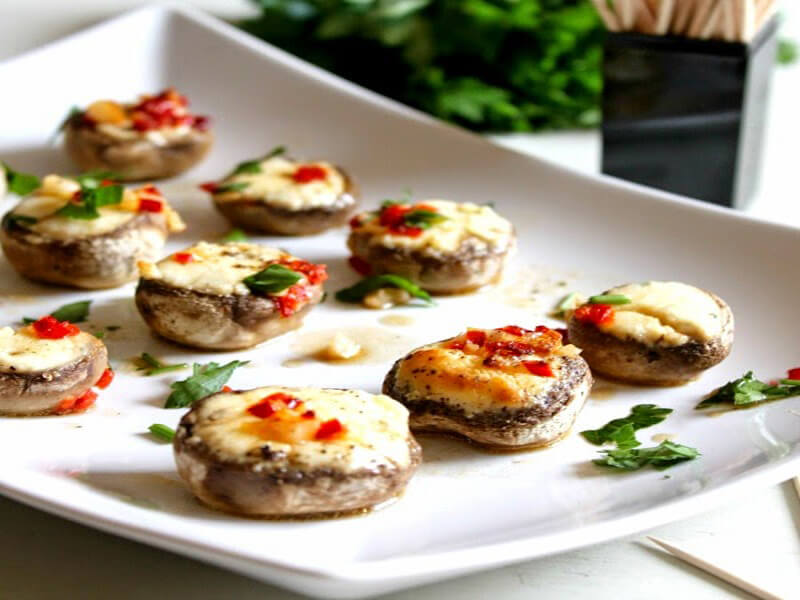
Antipastos are dishes served before (anti) the pasta (pasto) course in Italy. Unlike finger food which is picked up from platters while standing, Antipasto is actually a course in their own right and served at the table at the beginning of an Italian meal. Usually a central antipasto plate will be set before diners with small plates for each diner to enjoy their selections as a warm-up to the other courses. Antipasto can be a selection of a variety of things. Traditional offerings include cured meats, marinated seafood or vegetables, olives, pepperoncini (not meat but small marinated chilli peppers), cheeses like fresh mozzarella cheese, bruschetta or toasted bread which can be stacked with meat or cheese and drizzled or dipped in olive oil.
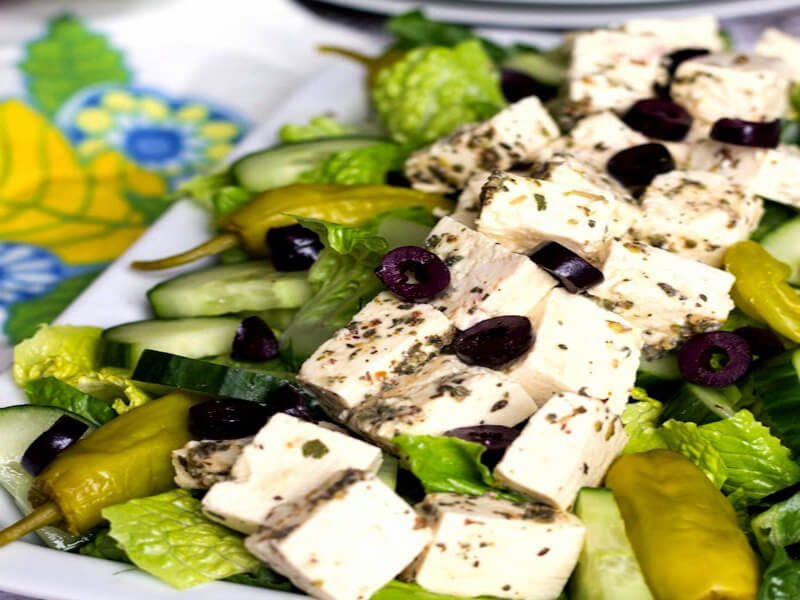
In some parts of Spain, like León and Granada, drinks are usually served with Tapa or a small quantity of food included in the price of drinks (usually a beer or wine). Tapas are said to have evolved from the tradition of a ‘tapa’ or cover –usually a piece of bread or a flat card- that would be placed on top of a drink to protect it, which at some juncture began to be topped with a little snack. This snack has today evolved into a tradition of small quantities of food usually sold or served complimentary with drinks in Spain. They can be as little as a few olives, a piece of cheese, or as substantial as a stew and can be eaten individually as a snack or clubbed together for a full meal.
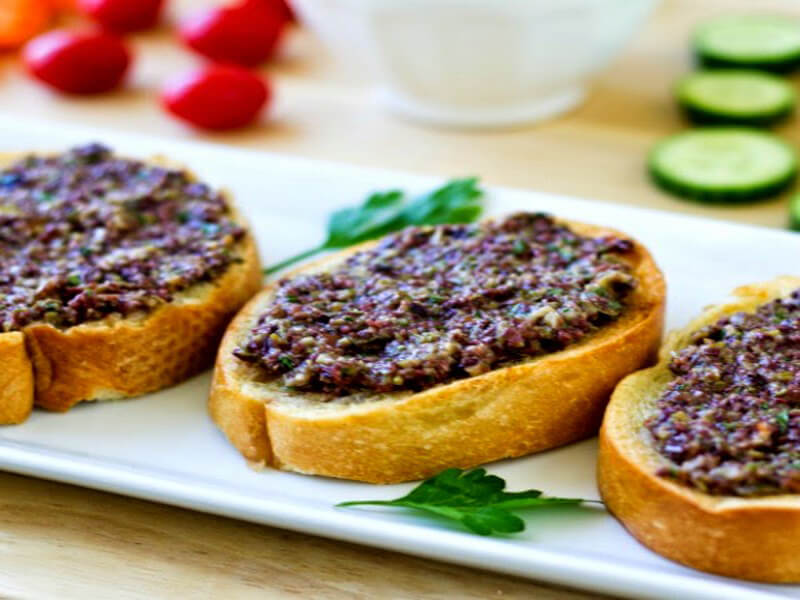
Zakuski are often described as Russia’s answer to tapas — a little bite to have with your drink. They can be as simple as salted herring, or as rich as blini and caviar. Traditionally, when welcoming guests in from the cold, a warming shot of vodka is offered. And to protect the stomach and palate from the harsh vodka, it is quickly followed by a bite of zakuski. And the dishes on the zakuski table tell the story of Russia. From pickled vegetables that remain unspoiled through the long Russian winters to the walnut sauce and canned sprats from the new territories joining in the Soviet Era. Interestingly this period was also the era of mayonnaise, which brought several mayo-blanketed salads to the table.
Appetizers from around the world can be spectacular delights in their flavours and textures, be it tapas from sunny Spain, an elegant French amuse-bouche or a colourful Mediterranean mezze.





